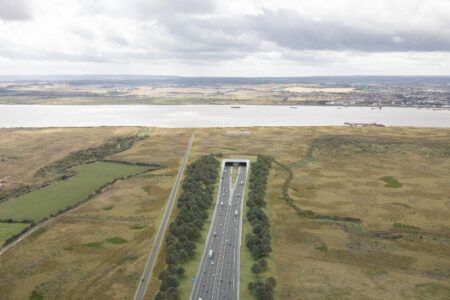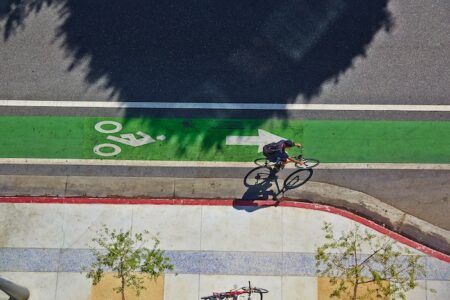In recent years the concept of urban air mobility, spearheaded by advances in eVTOL (electric vertical takeoff and landing) vehicles has captured the imaginations of futurists and city managers. The promise is great – unlocking low-altitude urban air space to create a revolution in mobility that could lead to a dramatic reduction in traffic congestion on the surface. But, while vehicle prototypes and ‘vertiports’ are being quickly developed, the question remains of how the flows of such vehicles can be managed. Potentially whole new traffic management centers will need to be built – but how will they operate exactly? This video from NASA gives a glimpse into some of the research it is undertaking in this area.
The new NASA initiative is developing what is being termed a Data and Reasoning Fabric (DRF). It looks to create a web-like ecosystem made up of ‘edge nodes’; router-like devices that would each be part of a connected, interwoven ‘fabric’ of computers. The network would be able to send diverse and dynamic data on the status of travelers, cargo, weather, ground infrastructure, flight infrastructure and vehicles, enabling autonomous systems or human pilots to seamlessly navigate around each other. NASA is also developing a DRF Accelerator to further speed the dissemination of this data.




